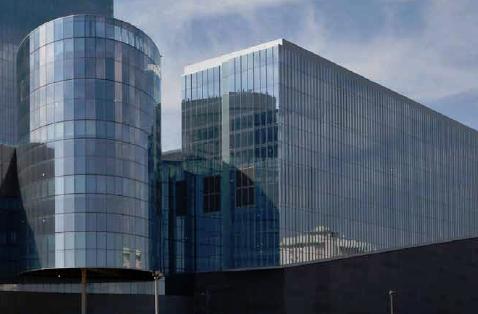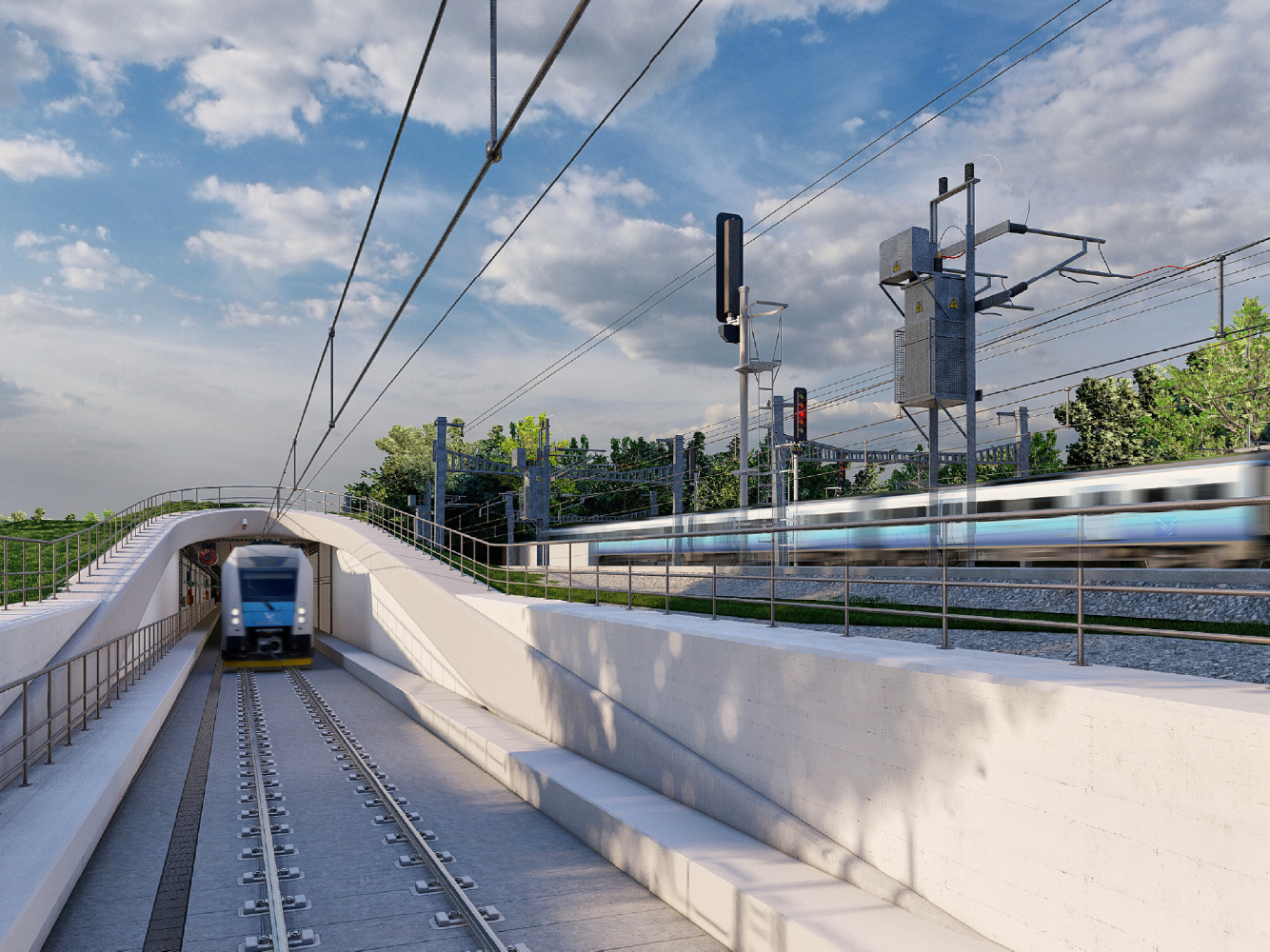
However clever the internals might be, a building is judged from the outside. Alan Swaby talks to one of the construction industry’s most innovative suppliers.
It’s perhaps best not to talk about it too loudly but there are signs that the North American construction market is starting to stir once again; at least in the commercial sector where architectural envelope specialist Permasteelisa operates. “More developers are recognizing that the timing is good to get the best value for money,” says Carlo Eisner, VP operations. “Construction costs are presently less than they were two years ago and certainly less than they will be in three years time.”
It seems that’s exactly what architects and clients are trying to do. Where once the bidding process for a new building might have taken several weeks, it’s now counted in months as requests and counter suggestions are batted back and forth in order to give the architect the most economical combination of desired look versus minimum cost.
It’s here where Permasteelisa’s credentials really come into play. It’s not yet the largest contractor of its kind in North America but on the global stage, Permasteelisa is a force to be reckoned with. Some of the most iconic buildings in the world are on its list of achievements: the Guggenheim Museum in Bilbao, the European Parliament Building in Brussels and even the Opera House in Sydney all wear Permasteelisa’s products.
But for every new signature building, there are a dozen or more ‘make do and mend’ projects that are causing new techniques to be developed. “Our feeling is,” says Eisner, “that instead of pulling down ‘old’ buildings, re-cladding will be with us for years to come. Not only that, but developers don’t want to forgo rent revenue so we are being asked to put up new curtain walls while buildings remain occupied, making the job much more difficult.”
On an empty shell, part of the work is performed from the inside and certainly interiors are used for storage. But when the building is occupied, none of that is possible. With available space minimal at best, planning and scheduling of materials to the site becomes critical. New erection techniques have to be developed and new erection tools created. “On this type of project,” says Eisner, “it would be easy to waste time unless the planning and timing were precise. We are looking to shave minutes off every panel we erect by using the right equipment.”
Architects are always looking for ways of expressing their individuality and Permasteelisa is more than willing to help. Working with long standing suppliers of marble based in the Carrara district of Italy, Permasteelisa has collaborated on the design of a new lightweight option to conventional marble. “Normally,” explains Eisner, “façades are clad with sections 1.25 inches thick. We now have a new material made from two Ô࣠inch thicknesses of stone laminated together to provide higher strength and less weight. We are using this for the first time on a New York project where the composite slabs are being decorated by water jet etching. In this particular case, the architect has opted for a tree motif so panels have to be decorated individually so that once in place, the tree trunk and branches become apparent.”
It’s a bit of a paradox that the straightforward jobs are less attractive to those working on them than those that create challenges. A new 80 storey residential project in New York is a case in point. Curved glass is, in itself, nothing new but it’s usually convex and located at the corner of buildings. Here, the design calls for concave curves along the façade. Technically, bending the glass is not the problem. It’s how best to maintain the aesthetic continuity of the glass. “The coating used on straight glass,” explains Eisner, “can’t be applied to curved glass. So the search is on to find a bendable coating that will give the thermal performance specified while matching as closely as possible the straight glass.”
Permasteelisa’s R&D engineers are at the heart of questions such as this on a daily basis, but even more so in the longer term search for sustainability in the design of modern buildings. Considerable work is being carried out, particularly in the home country Italy as well as the US, with university departments to develop new products for a design trend known as dynamic buildings. The 1987 Bruntland report identified buildings as the major source of the pollution that compromises urban air quality and produces the pollutants that contribute to climate change, making the need for sustainability a high priority.
Permasteelisa has developed a number of systems designed to enhance the comfort and working conditions for tenants—particularly for buildings with all glass façades. In an approach they have dubbed Blue Technology the aim is to integrate the façade with the building’s environmental system rather than treating them as individual components. This way a more sustainable approach to resource conservation becomes possible, including energy efficiency, renewable energy and water conservation.
On a less grand scale is the question of how aluminum frames should be coated. In Europe the switch to powder coating took place decades ago but North America has been slower to adopt. However, as every little green contribution is now being considered, solvent based wet coatings are gradually being superseded by electro-statically applied polyester powder. Such coatings are said to be more economical and durable and have the added advantage that surplus material can be collected from spray booths and re-used.
Permasteelisa has also gone green in the way it works. Instead of thousands of individual detail drawings being printed, the factories have now gone digital, just in time for a surge in business. Already, the machine shops are working double shifts and soon it will move to three shifts.
“We have used the last couple of years to clean up the factory and refurbish equipment, ready for the storm as the industry gets up to speed once more,” says Eisner. “The difference this time though, is that margins are going to remain tight for some time so there will be absolutely no margin for error.”













